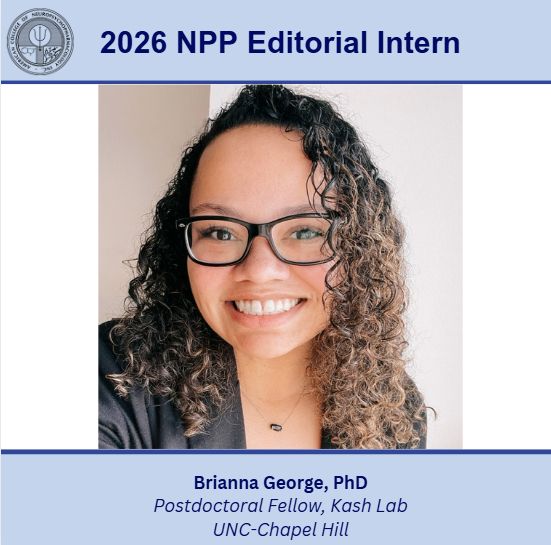Brianna George, PhD
@briannaegeorge.bsky.social
700 followers
360 following
71 posts
Neuroscientist 🧠 | Postdoc at UNC in Kash Lab | D-SPAN K00 Fellow | DiversifyingCNS Scholar | #BlackInNeuro | She/her
Posts
Media
Videos
Starter Packs
Reposted by Brianna George, PhD
Reposted by Brianna George, PhD
Reposted by Brianna George, PhD
Reposted by Brianna George, PhD
Reposted by Brianna George, PhD
Reposted by Brianna George, PhD
Reposted by Brianna George, PhD
Reposted by Brianna George, PhD
Reposted by Brianna George, PhD






